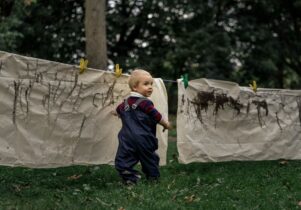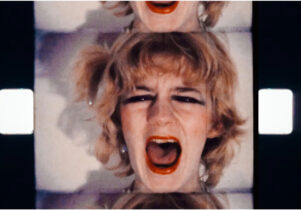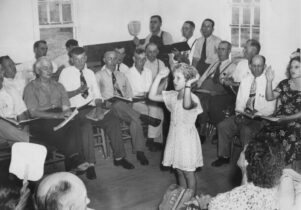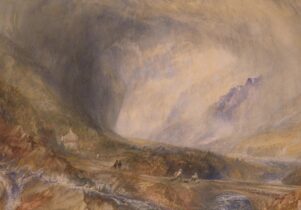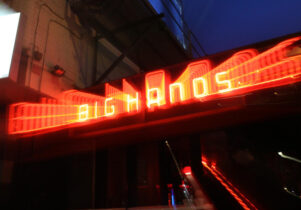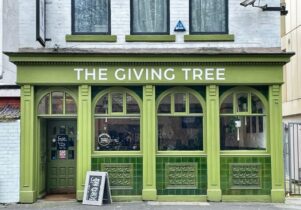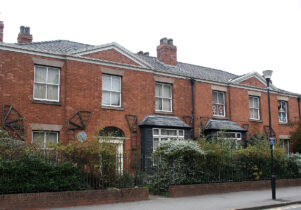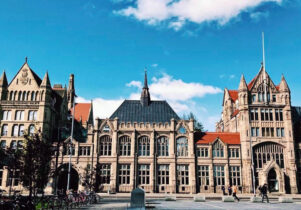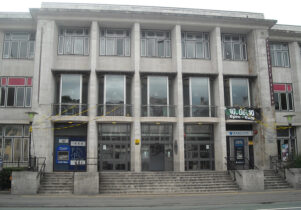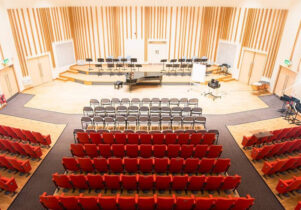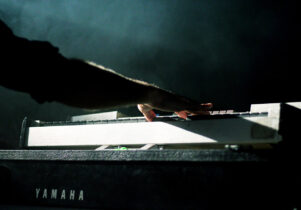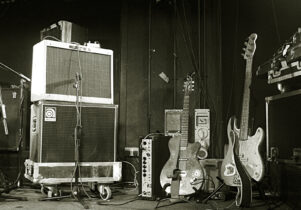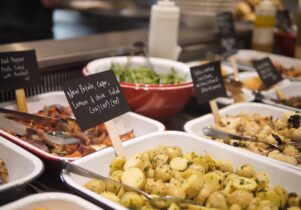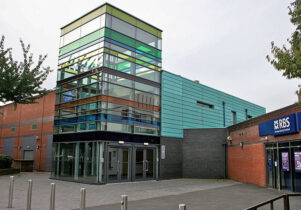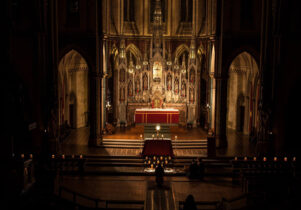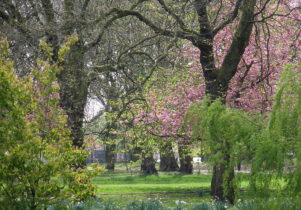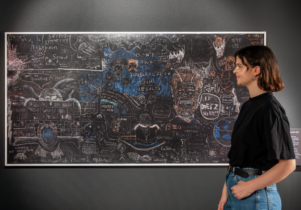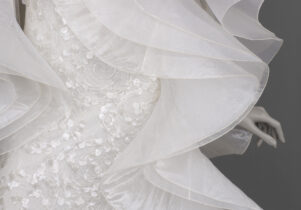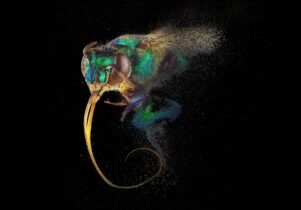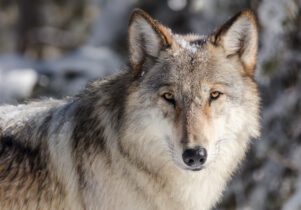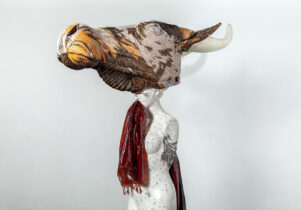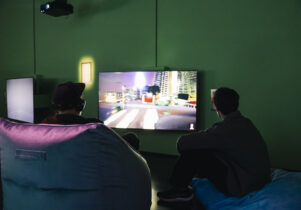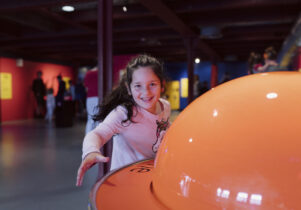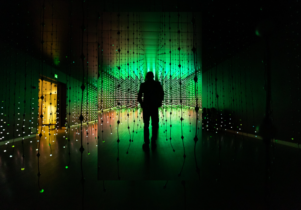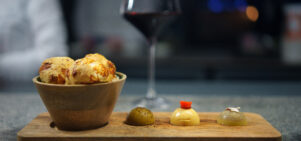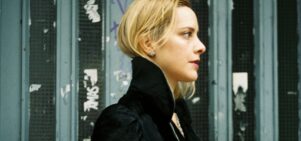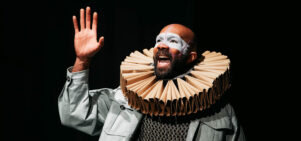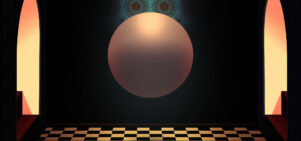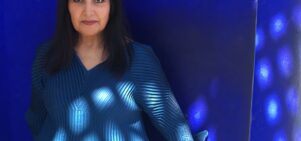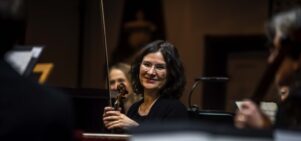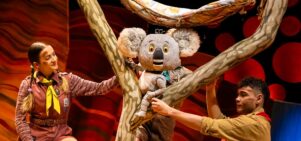Raqib Shaw at the Whitworth
Polly Checkland Harding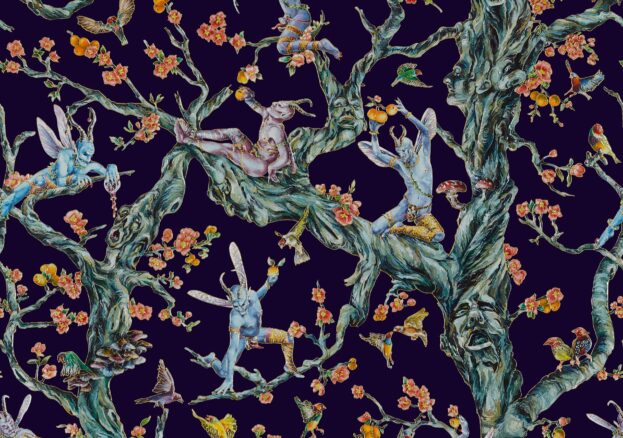
Raqib Shaw’s paintings, created by manipulating pools of enamel and metallic industrial paints using a porcupine quill, are as sumptuous as they are subversive. Filled with hedonistic, highly sexual imagery, they depict scenes free from restraint – and yet the discipline used to create them, as well as the intellectual rigour that informs them, are unmistakable. Diana Campbell Betancourt, Chief Curator of the Dhaka Art Summit and one of the three curators behind Raqib Shaw at the Whitworth (including the artist himself and outgoing Director of the Whitworth and Manchester Art Gallery Maria Balshaw), describes how Shaw’s work “references the rich craft techniques” of Kashmir, as well as a “deep interest in the history of painting.”
Shaw’s paintings will be displayed as part of an installation including historic textiles and drawings from the Whitworth’s internationally renowned collection; the aesthetic of the exhibition, drawing on renaissance and baroque imagery, echoes the mythic spaces Shaw creates in his work. New wallpaper by Shaw will act as a backdrop, with a small number of rolls for sale, alongside pieces including a 19th century gold and pink brocaded Kashmir shawl, and a hand-knotted Persian hunting carpet. According to Balshaw, “Raqib’s insightful exploration of our historic collections has created wonderful synergies between his own work and that of the Whitworth”.
Raqib Shaw is part of New North and South, a network of 11 arts organisations from across the North of England and South Asia; an exhibition of photographs by Sooni Taraporevala, currently at the Whitworth, is also part of the initiative. Shaw himself reflected on the connection between the East and West in this exhibition, and his own work: “I have always found great inspiration in both Western and Eastern culture and art, therefore, when the opportunity to exhibit my work alongside the Whitworth’s historic collection of textiles and drawings arose, I was delighted.”
